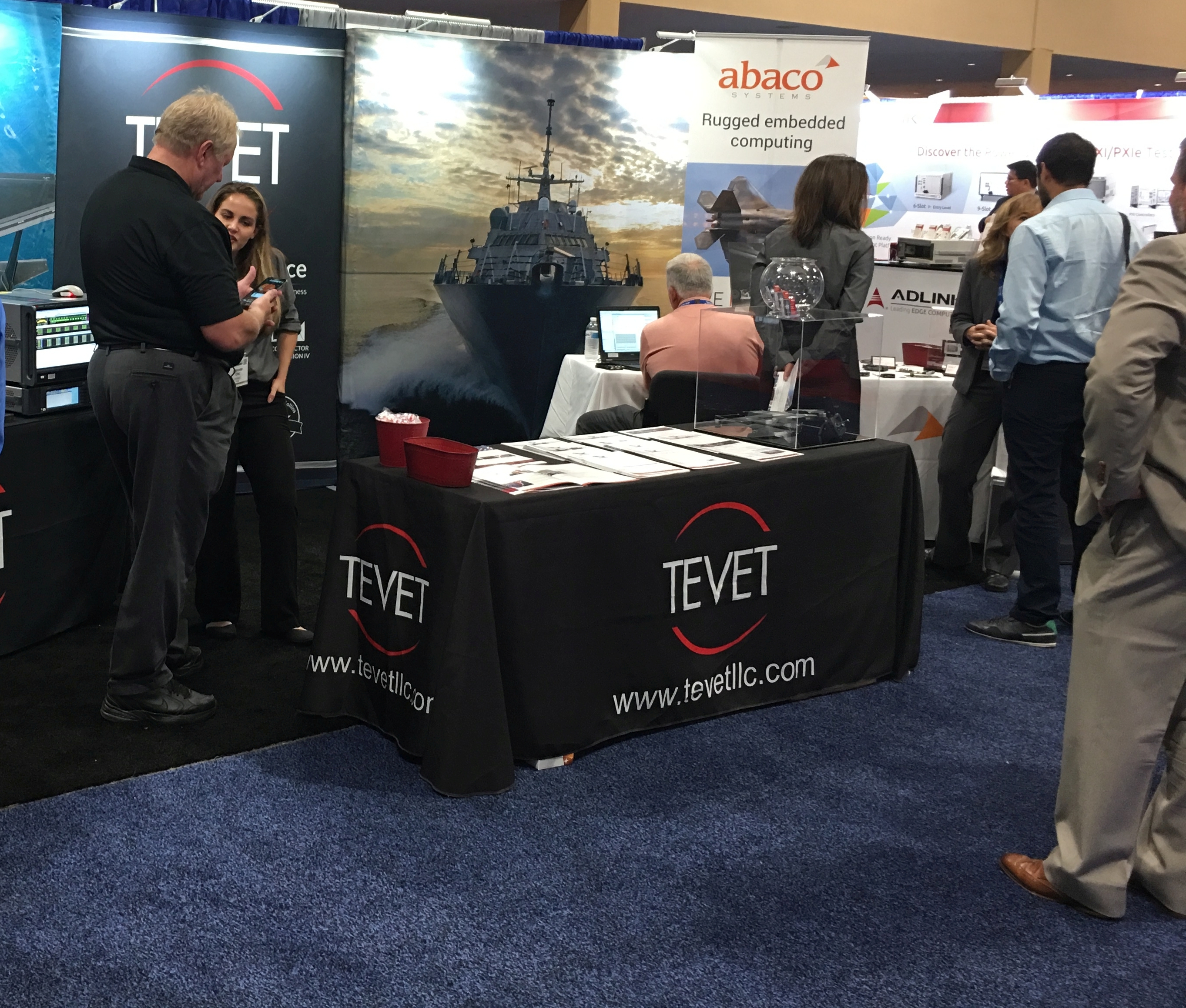Share

Having just announced the BT3-USB-MON, AUTOTESTCON came at a great time for us, providing us with the opportunity to demonstrate its capabilities to precisely the audience that can take advantage of them. We were in Schaumburg, Illinois with our partner TEVET.
AUTOTESTCON is the world’s premier conference that brings together the military/aerospace automatic test industry and government/military acquirers and users to share new technologies, discuss innovative applications, and exhibit products and services. The movers and shakers were all there – the USAF, the Army, the Navy, Boeing, Lockheed Martin, Teradyne and many more.
The vendors at the show were our customers as well; they use our test cards for 1553, 429 and 664 in their test equipment to test the boxes that go into critical air-, land-, sea- and space systems. Although the Abaco avionics group creates avionics-specialized test cards for testing the interface between the systems of an aircraft, we also sell to the integrators and into the large test rack systems to create the production and verification testers that test that equipment as it rolls off the production line. Flight Test, maintenance and repair organizations other field support groups will especially find this particular device as a must have.
New toys
This being a trade show, of course we had our competitors stopping by our stand checking out our stuff – and we took the opportunity to check out their new toys. I think we still have the best toys: our development team did a really great job with the BT3-USB-MON. This little device is small and built like a rubber hockey puck; it feels the same, but square and heftier - not many people will be able to break it!
It’s a single channel 1553 monitor only device – it’s designed to have no ability to transmit onto the 1553 bus. Our BusTools 1553 analysis software package - which has been around and growing what seems like forever – comes with the BT3-USB-MON, enabling data to be captured into a file for review later, as well as real time capture and graphical viewing. The hardware itself has some directly coupled amplifier buffers to use as an oscilloscope input. These are 10:1 outputs and perfect to drive a BNC cable into an oscilloscope, giving hardware verification engineers an instant hardware interface to troubleshoot when they feel they find some odd errors. You don’t need that expensive differential oscilloscope probe - and only a single scope channel on each 1553 bus! And: the decodes are actually meaningful engineering units converted data with the full graphical widgets package available.
We got plenty of interest in our new toy. Now, our challenge is to turn that interest into orders.

